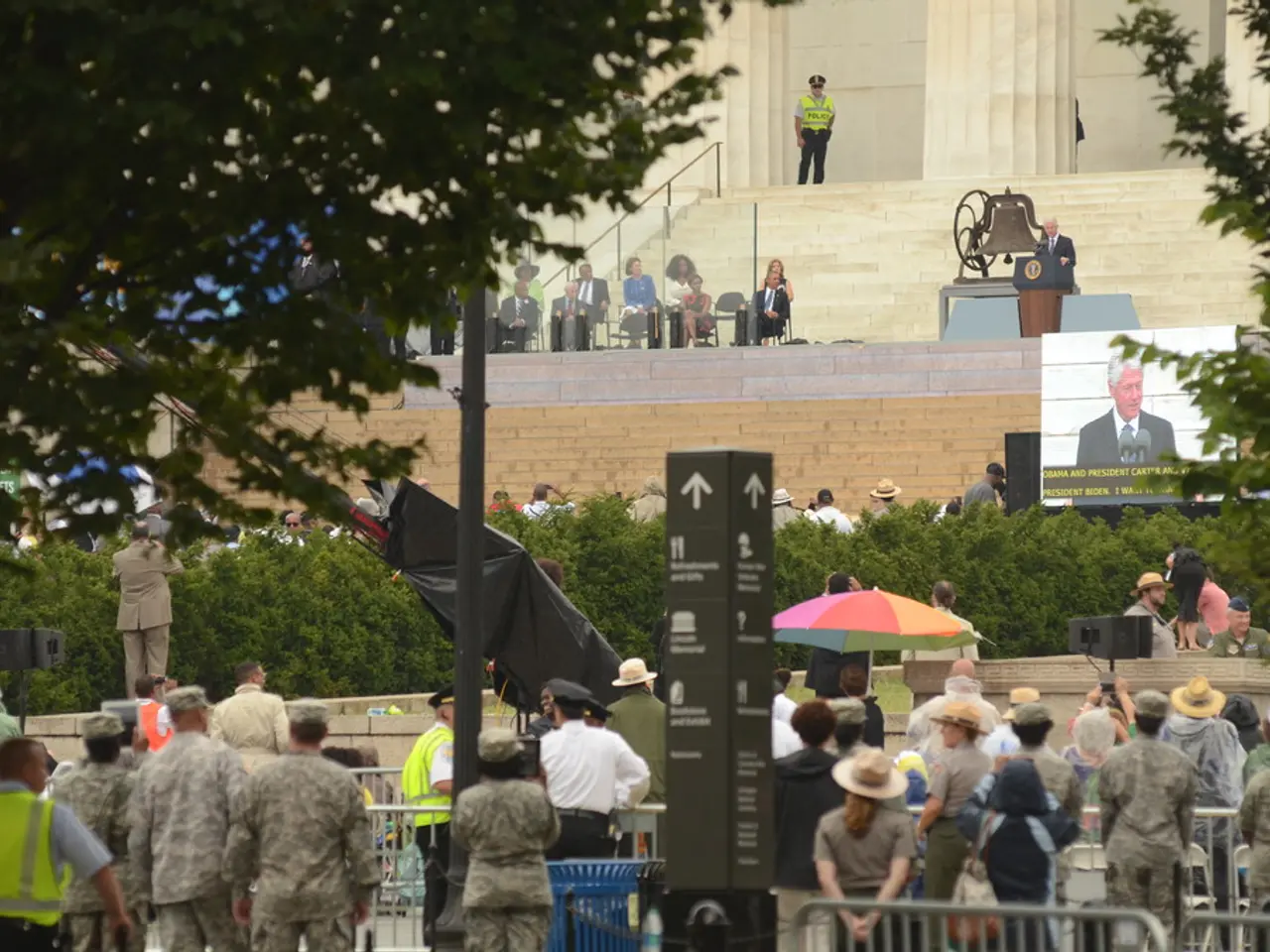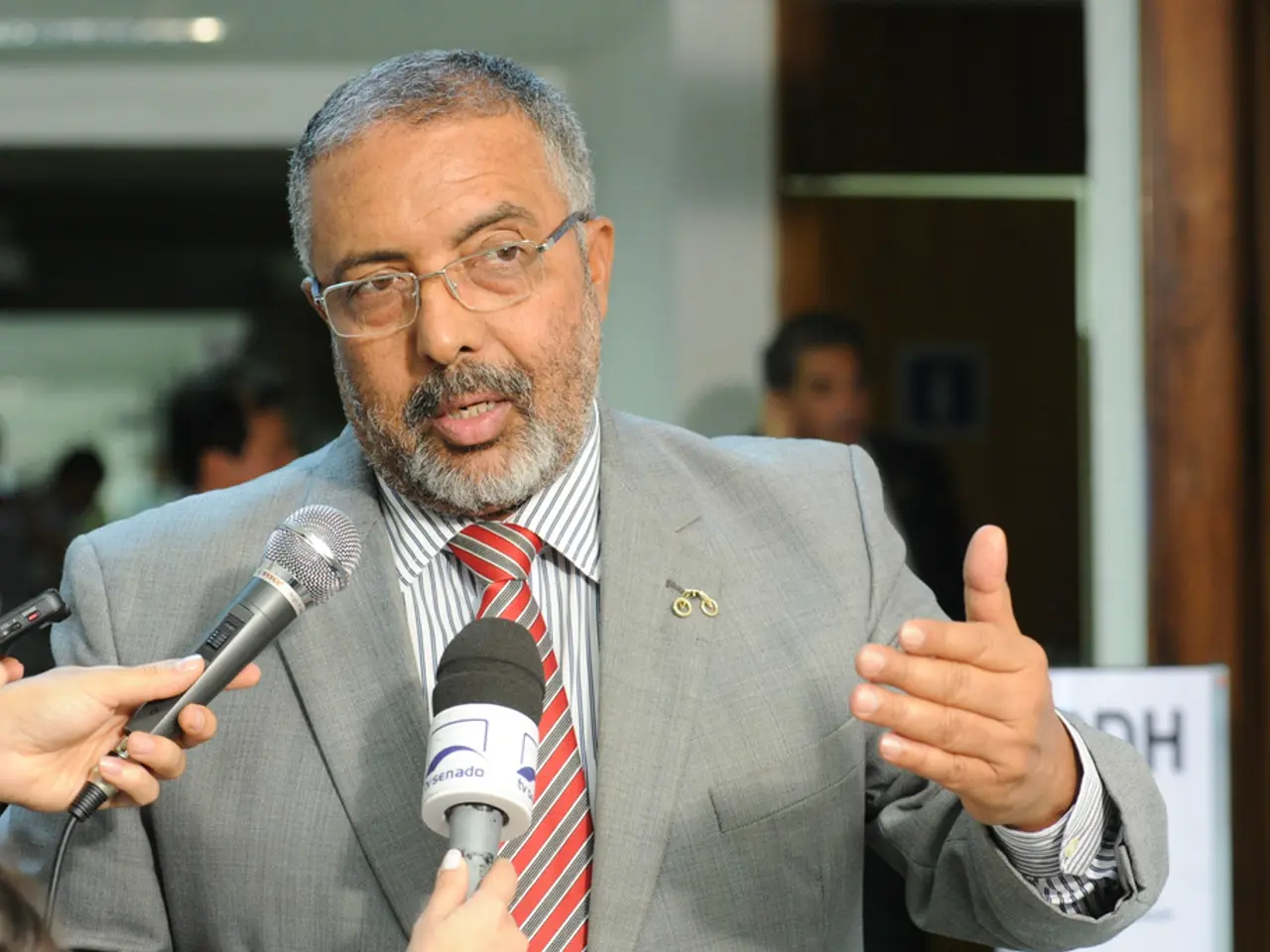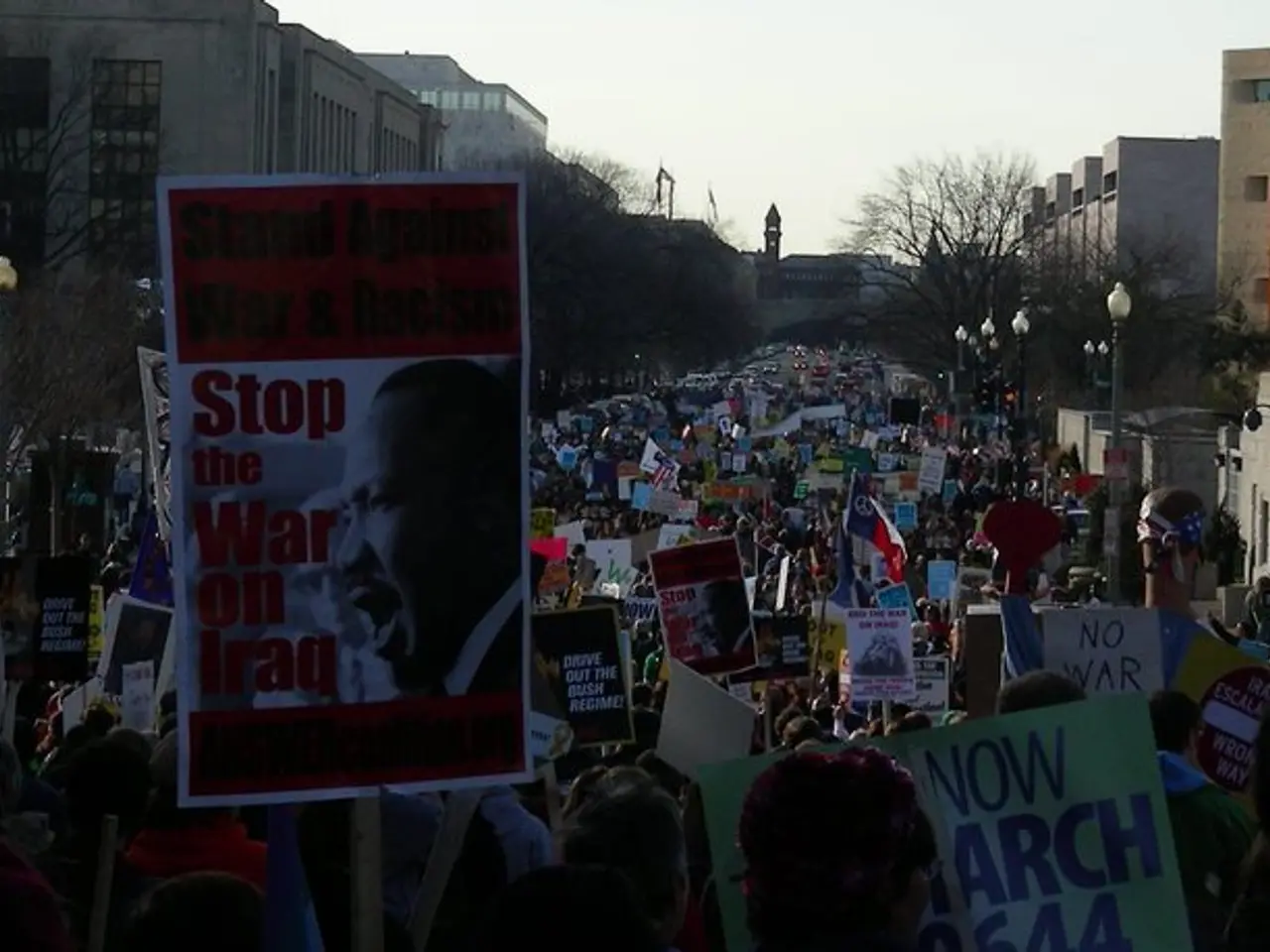Congress approves Reconciliation Bill, allocating billions for the Air Force and Space Force
The One Big Beautiful Bill Act (OBBBA), a significant reconciliation package encompassing defense spending and tax policy, was narrowly passed by the U.S. Senate on July 1, 2025, with Vice President J.D. Vance casting the tie-breaking vote. The bill now returns to the House for further consideration as Congress races to meet President Trump's July 4 deadline for enactment.
### Key Provisions Relevant to the Air Force and Space Force
The OBBBA includes substantial funding for the modernization of the Air Force and Space Force.
#### Air Force and Drone Funding
A significant portion of the bill is dedicated to expanding unmanned systems and drone capabilities, which directly impact the Air Force's modernization efforts. The bill allocates:
- **$13.5 billion** to expand the small Unmanned Aerial Systems (UAS) industrial base and to scale up production of low-cost, attritable weapons systems. - Approximately **$9 billion through FY 2029** to support the Air Force's Collaborative Combat Aircraft (CCA) roadmap, aiming to field at least 1,000 loyal-wingman drones that will operate alongside stealth fighters like the F-35 and Next Generation Air Dominance (NGAD) platforms. - An additional **$1 billion** is invested in expanding the kamikaze (loitering munitions) drone industrial base, with another **$50 million** dedicated to autonomy advancements upgrading drones from remote-piloted to supervised-autonomous capabilities.
#### Air Traffic Control and Infrastructure
The bill includes **$12.5 billion** to revamp the nation's air traffic control system, a critical infrastructure upgrade benefiting both civilian aviation and military airspace management overseen by the Air Force.
#### Impact on Space Force
While the bill does not specify direct funding line items for the Space Force, the emphasis on autonomy, drone development, and contested operational environments likely supports Space Force priorities as well. The broader defense modernization framework in the bill suggests enhanced resources for space-related defense technologies, though details may be clarified in forthcoming congressional reports or budget justifications.
### Current Status
The Senate passage was by a narrow margin (50-50 vote, Vice President breaking tie), indicating a tightly contested legislative process. The bill contains controversial provisions, such as significant Medicaid cuts, which have drawn criticism from health sectors but do not appear to affect the defense components directly.
The House Rules Committee began preparing the bill for floor consideration immediately after the Senate vote, with pressure to pass it swiftly to meet the President's July 4 deadline. Industry leaders and stakeholders have praised the bill’s defense and infrastructure investments, urging rapid House approval to implement the modernization and funding provisions.
### Summary
The One Big Beautiful Bill Act represents a comprehensive legislative package that includes historic tax relief, healthcare policy changes, and critical defense spending focused on air and space modernization. For the Air Force, it delivers billions to advance drone technology, military autonomy, and air traffic control modernization—key to maintaining aerospace superiority. While specifics on Space Force funding are less explicit, the bill’s emphasis on cutting-edge unmanned systems and contested environment capabilities suggests supportive investments aligned with Space Force mission needs.
The bill's future depends on rapid House approval to fulfill the legislative timeline, with defense and aerospace sectors closely monitoring its progress.
- The One Big Beautiful Bill Act includes substantial funding for the modernization of the Air Force and Space Force, focusing on drone technology and contested operational environments.
- The bill allocates $13.5 billion to expand the small Unmanned Aerial Systems (UAS) industrial base, and scales up production of low-cost, attritable weapons systems.
- Approximately $9 billion through FY 2029 is dedicated to supporting the Air Force's Collaborative Combat Aircraft roadmap, aiming to field at least 1,000 loyal-wingman drones.
- An additional $1 billion is invested in expanding the kamikaze (loitering munitions) drone industrial base, with another $50 million dedicated to autonomy advancements.
- The Senate's narrow passage of the OBBBA indicates a closely contested legislative process, with potential political ramifications through the Pentagon and general-news sectors.
- Industry leaders and military veterans are urging rapid House approval of the bill to implement defense and infrastructure investments, ensuring aerospace superiority for both the Air Force and the Space Force.





